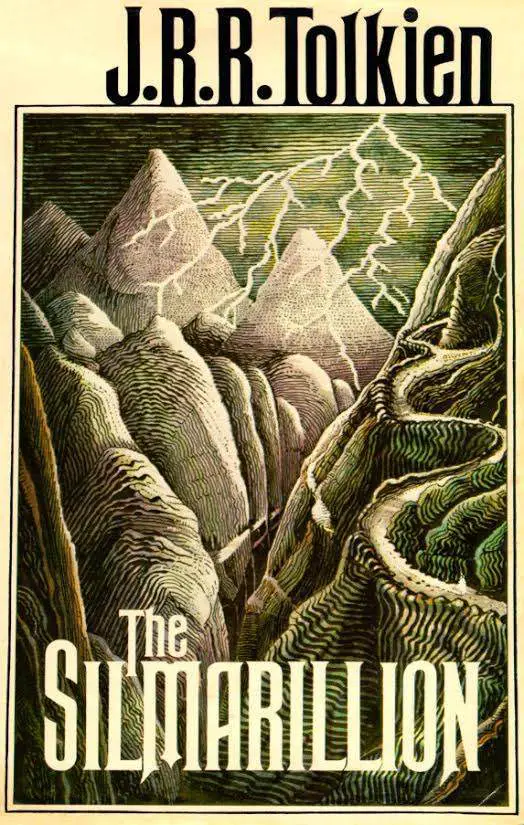The Silmarillion
J.R.R. Tolkien
Seeing that Tuesday was “Hobbit Day” – celebrated on Bilbo and Frodo’s birthday of September 22 – I thought I would recommend a related book that is both remote and lovely: The Silmarillion, Tolkien’s collection of works delving deep into the mythology which was to become the basis of Middle-earth.
From the stirring creation story, Ainulindalë, to the Valaquenta, which introduces the Valar (the angelic Powers who chose to enter the world of Arda) and the Maiar (the lesser Powers, whose mission was to guide the peoples of Middle-earth; Gandalf was one such Maiar, as were his fellow Istari, or wizards); to the Quenta Silmarillion and its stories of the First Age, including the strife surrounding the Silmarils (brilliant jewels of power), the haunting tale of Beren and Lúthien, and the heroic exploits of Túrin Turambar, among many others; to the downfall of Númenor in the Akallabêth, and the brief essay Of the Rings of Power and the Third Age, The Silmarillion is the backbone of the mythos and ethos which was to become The Hobbit, and the works that we know as The Lord of the Rings.
The Silmarillion was published after Professor Tolkien’s death, compiled and edited (and in some cases, supplemented) by his son, Christopher Tolkien, with assistance from Guy Gavriel Kay (a wonderful fantasy writer in his own right). Although the five sections of The Silmarillion are completely separate works, it was the Professor’s desire to have them published as one book, to be treated as if they were from Bilbo Baggins’ three-volume Translations from the Elvish which the elderly Hobbit penned after retiring to Imladris.
If all this makes your head spin, believe me, you’re not alone. I will admit that even an ardent Tolkien fan such as myself struggled with The Silmarillion at first. It took me three tries – and a handwritten spreadsheet painstakingly constructed during my third read-through of the Valaquenta – before it finally took hold. But once it did… oh, my. Words cannot truly convey how magical this work became, with such a thick, lush and luminous world unfolding within each page, each story. It was like taking a lovely round rock and, at cracking it open, finding a beautiful crystalline geode inside.
Just holding my worn, beloved copy of The Silmarillion in my hands evokes such a sense of beauty and wonder that it makes me want to sequester myself away and lose myself in its pages once again. There is no other book that I could recommend more highly to those who love high fantasy, or beautiful literature, not “merely” for what it is, but for what wonders sprung from it.
—Sharon Browning

